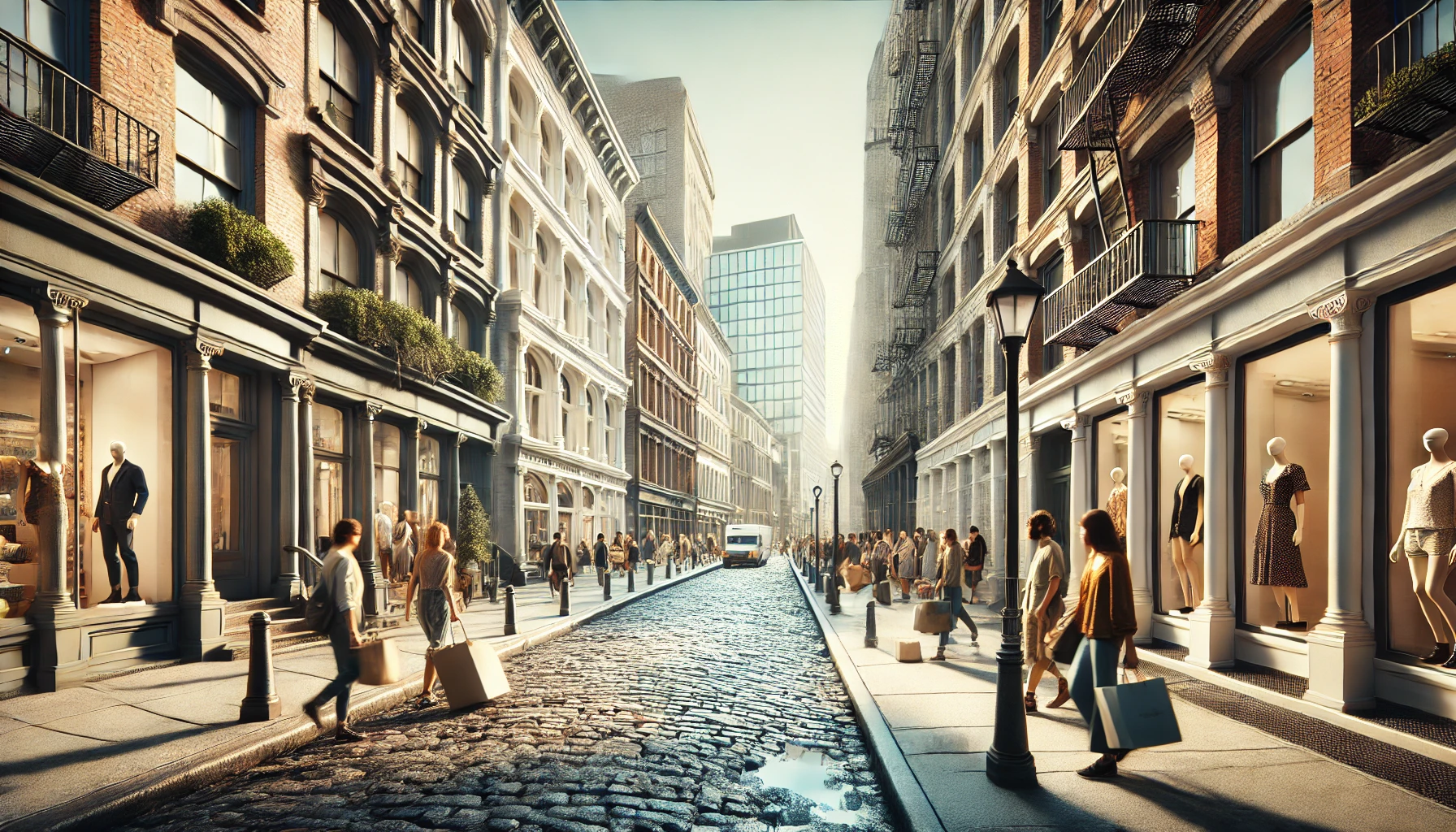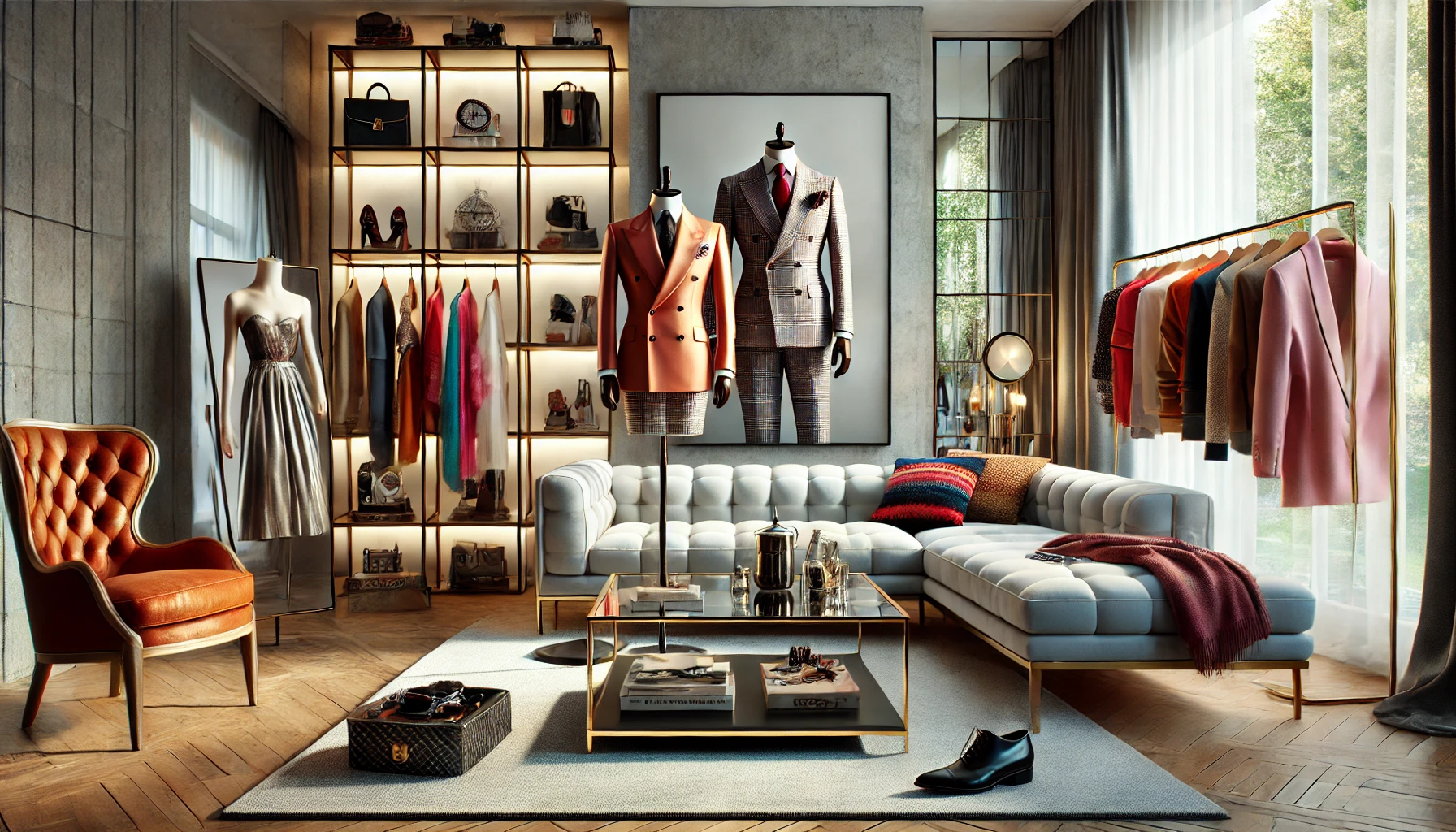Fashion is more than just clothing; it's a language of self-expression that offers insight into an individual's personality, values, and experiences. While trends come and go, personal style endures, serving as a powerful tool for communicating who we are to the world. This article delves into how personal style influences fashion choices, transcending fleeting trends to embody a more profound and personalized aesthetic. It's about how our attire can reflect our lives and evolve with us through changes and milestones.
Understanding personal style is essential because it is uniquely ours—a true reflection of our inner selves and outer lives. In the journey of cultivating a personal style, we make choices that align with who we are and who we aspire to be, creating an aesthetic that resonates on a personal level and stands the test of time.
Personality and Self-Expression: The Core of Fashion Choices
At the heart of personal style is personality—our individual traits and qualities that distinguish us from others. How we dress can often be seen as a mirror of our personality. Someone with a vibrant, outgoing personality might choose bold patterns and bright colors that announce their presence in a room, while a more introspective and reserved individual might prefer the subtlety of neutral shades and classic styles that speak to a quiet confidence.
Embracing personal style means recognizing and respecting these personality traits in our fashion choices. It's about finding those pieces that resonate with our spirit and make us feel most like ourselves. Whether it's the comfort of a well-loved pair of jeans or the sharp authority of a tailored suit, each choice is a thread in the fabric of our visual identity.
Comfort and Confidence: Dressing to Feel Good
The relationship between comfort, confidence, and clothing is significant and reciprocal. When we wear clothes that fit well and suit our body type, we not only look better, but we also feel better—more confident, capable, and ready to engage with the world. This confidence is palpable and influences how others perceive us and, more importantly, how we perceive ourselves.
Clothes can act as a form of armor or a source of empowerment, depending on what we choose to wear. For instance, dressing in a sharp blazer and well-fitted trousers might give one the extra boost of confidence needed for a job interview or a significant meeting. Conversely, a comfortable outfit can help ease a stressful day, making it easier to focus on tasks at hand without the distraction of discomfort.
Lifestyle and Environment: Adapting Style to Daily Life
Our daily activities and the environment we operate in play a crucial role in shaping our personal style. The attire of a yoga instructor, for instance, will likely differ significantly from that of a business executive. The former may prioritize comfort and flexibility, opting for fabrics and fits that accommodate movement and the physical demands of their job. The latter might lean towards structured, professional attire that aligns with a corporate environment.
Adapting your fashion choices to your lifestyle not only makes practical sense but also helps in crafting a style that feels authentic and appropriate for your daily life. Whether it’s choosing footwear that can handle a day of walking or an outfit that transitions smoothly from a parent-teacher meeting to a casual dinner, the goal is to find a style that supports and enhances your life, not complicates it.
Values and Beliefs: Fashion as an Extension of Our Principles
Our personal values and beliefs significantly influence our fashion choices, often serving as a silent statement of our principles. In a world increasingly conscious of sustainability and ethical practices, many of us are choosing to align our wardrobes with our values. For instance, those who prioritize environmental conservation may opt for clothing made from organic or recycled materials, supporting brands that are committed to reducing their carbon footprint. Similarly, advocates for fair labor practices might seek out brands that transparently share their manufacturing processes and ensure fair wages for their workers.
Incorporating values into fashion is not just about advocacy; it's about making choices that feel right and resonate on a personal level. This could mean investing in higher-quality items that last longer, rather than succumbing to the fast-fashion cycle of constant consumption. It's a way to not only look good but also feel good about the impact of your fashion choices on the world.
Life Experiences: How Our Journeys Shape Our Style
Just as our lives are ever-evolving, so too is our style. Major life events such as starting a new job, moving to a different city, or entering a new relationship can all lead to shifts in how we express ourselves through clothing. Each new experience offers an opportunity to reassess and possibly redefine our personal style to suit our changed circumstances and outlook.
For example, transitioning from college to a professional work environment may necessitate a shift from casual, campus wear to a more polished, professional wardrobe. This shift is not just about adhering to a dress code but about crafting an image that conveys professionalism and competence. Similarly, becoming a parent might shift priorities towards functionality and comfort, influencing a more practical approach to wardrobe choices.
Creativity and Experimentation: The Joy of Evolving Style
Developing personal style is a dynamic, creative process. It involves experimenting with different styles, mixing and matching pieces, and sometimes stepping out of our comfort zones. This exploration is crucial because it allows us to discover what truly resonates with us, beyond surface-level trends.
Experimentation can be as simple as integrating a bold new color into your wardrobe, trying out a trend that intrigues you, or mixing styles in a way that is uniquely your own. The key is to do so thoughtfully—integrating new elements with existing ones to create a cohesive look that tells your story. This ongoing process of refinement and experimentation is what keeps your personal style fresh and exciting.
Nurturing Your Personal Style: Practical Tips for Longevity and Authenticity
Fashion is an ever-evolving art form, and maintaining a personal style that stays true over the years requires both awareness and intention. Here are practical tips to ensure that your wardrobe not only reflects your current self but adapts to your future self, maintaining relevance and authenticity.
Maintain a Style Journal
Keeping a style journal can be a transformative practice for those looking to deepen their understanding of their personal fashion. In this journal, note what outfits you feel most confident in, what pieces receive compliments, and even what clothing you wear on days that feel particularly successful. Over time, these notes can offer insights into what styles truly resonate with you and which ones might be worth letting go.
Invest in Quality Over Quantity
Building a wardrobe should be a mindful practice of choosing well-made items that will last through trends and years. Investing in quality pieces not only ensures durability but also elevates your overall look. These pieces often fit better, look sharper, and are less likely to be discarded after a few wears. By focusing on quality, you're also more likely to create a signature style that is both distinctive and sustainable.
Regularly Assess Your Wardrobe
Set a schedule to assess your wardrobe each season. This isn't just about decluttering, though that's part of it; it's about reconnecting with your clothes and ensuring they still represent who you are. Try on different combinations, see what fits and what doesn’t, and decide what should stay and what needs to go. This practice keeps your wardrobe manageable and aligned with your evolving style.
Stay Open to New Influences
While it’s important to have a defined style, staying open to new influences is vital for keeping your wardrobe vibrant and relevant. Attend fashion shows, read style blogs, and watch trends, but filter these through your personal aesthetic. Incorporate new elements gradually and in ways that feel natural to your existing style. This approach ensures that your wardrobe is both contemporary and personal.
Tailor Your Clothes to Fit
One of the secrets to looking polished is wearing clothes that fit well. As your body changes, have your clothes adjusted by a skilled tailor. Tailoring can transform an average garment into a standout piece that complements your body perfectly. This not only enhances your appearance but also makes older pieces feel new and tailored to your current shape.
Reflect Your Lifestyle Changes
As your lifestyle changes, so should your wardrobe. Whether it’s a career change, a move to a new climate, or even a new hobby, your clothing should support these aspects of your life. Make adjustments that reflect your current activities and environments, ensuring your style remains both appropriate and functional.
Conclusion: The Continuous Journey of Personal Style
Your personal style is a journey, not a destination. It’s an ongoing process of expression that adapts to your changing life and influences. By investing thoughtfully in quality pieces, staying open to new inspirations, and continually reassessing your wardrobe, you can maintain a style that not only looks great but truly reflects who you are.
In embracing the fluid nature of personal style, you allow your wardrobe to tell your story, showcasing a unique narrative woven through your clothes. Remember, fashion should be fun, expressive, and, most importantly, personal. By following these steps, you can ensure that your personal style evolves with you, always reflecting your most authentic self.



